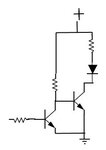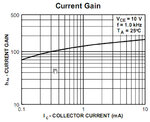cuber18
Advanced Member level 4
how can a PNP transistor source current for a cathode row led matrix?
my row driver is 74ls138 which is output low and my row ledmatrix is in cathode..
my row driver is 74ls138 which is output low and my row ledmatrix is in cathode..

